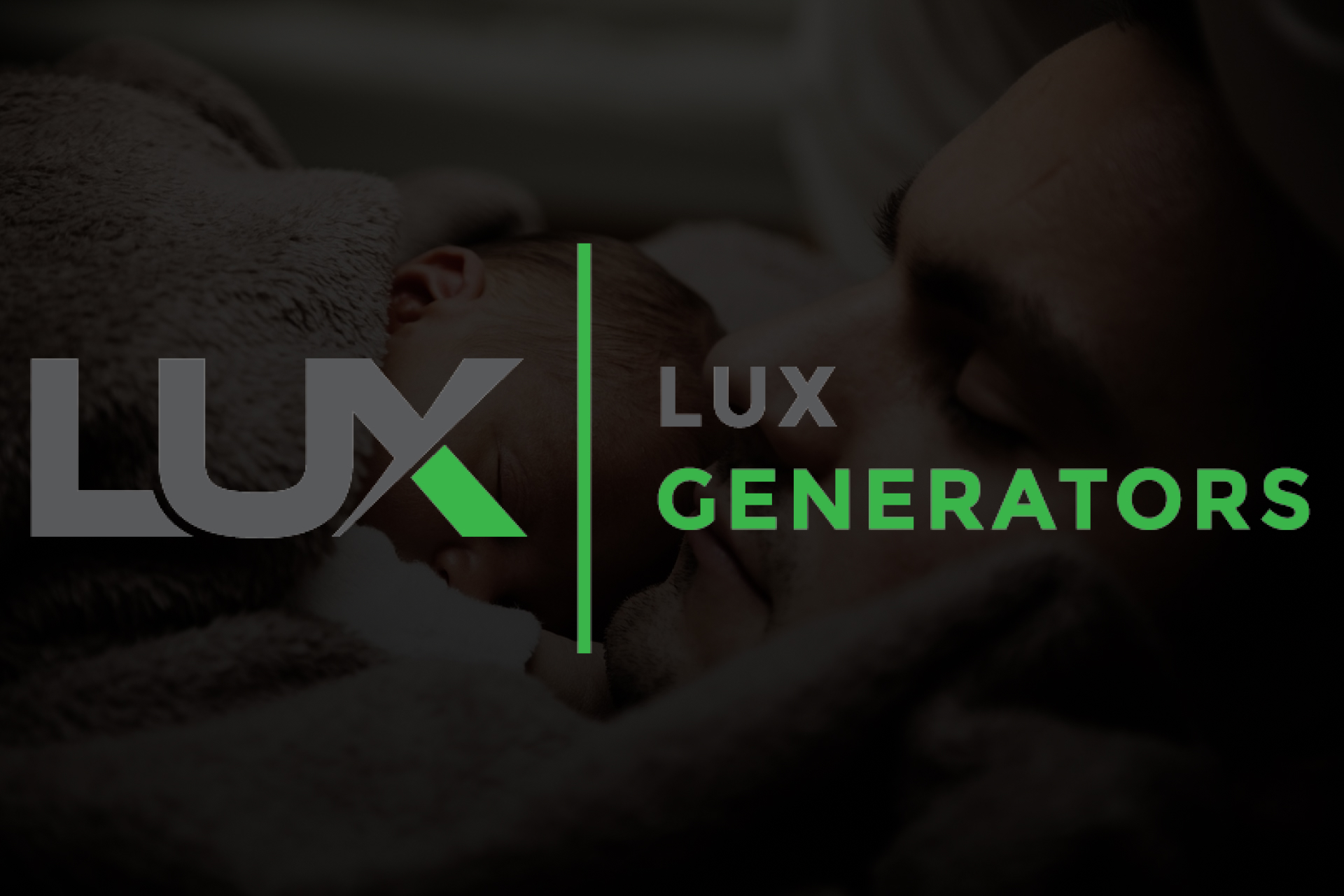Put away the candles and flashlights: A generator can keep your home up and running during the next power outage. A typical whole house generator costs between $5,000 and $25,000, with the average consumer spending $14,520.
When lightning strikes too close to home or the wind picks up and Edison turn the power off AGAIN. The power flickers then goes out, what is your first thought?
Power outages are inconvenient no matter how brief they may be, but they can be expensive or even dangerous in some circumstances, especially if the outage is prolonged. A whole house generator protects your family and home by automatically sensing the power loss and triggering a backup power system. The typical cost range for a whole-house generator is $5,000 to $25,000, with homeowners paying $14,520 on average.

Many people envision a Home Depot generator when they consider backup power options. That gasoline-powered portable block on wheels that generates power (along with a whole lot of noise) is what you’ll see on sale during storm season. A whole house generator is a different kind of appliance. Once limited to hospitals and government buildings, large generators are now an option available to many homeowners. They can be especially popular in areas regularly threatened with heavy snowfall or high winds or in remote areas where the power lines are less reliable. While the average whole house generator cost nationwide is $14,520, several options can raise or lower this cost based on your home’s needs. It’s essential to understand the possibilities and know the terminology before you start shopping so you can develop a realistic budget and decide if a whole house generator is right for you
Whether you have a small portable gas generator or a massive standby unit, the cautions you’ll need to take when using them are the same. Never, under any circumstances, operate a generator inside your home or garage—even with the doors and windows open. Carbon monoxide is a lethal gas that can accumulate quickly, and by the time you know something is wrong, it may be too late. Portable generators belong outside, with the doors and windows nearby closed tightly. Home generators are safe and beneficial instruments, but care must be taken for proper ventilation and air exchange so you can keep your home warm and bright but also protect the people living in it.

The demand for whole house generators varies based on weather conditions, market, and region. You’ll see the cost of all generators spike after an extended power outage caused by a snowstorm or hurricane, for example, as people who have been inconvenienced by the outage rush to stores to protect themselves from future events. In addition, there are several variables you’ll find when you begin shopping, and these choices can affect your total cost by thousands of dollars. You’ll want to know the size of your house and electrical panel so you don’t buy more power than you need. Other options may be nonnegotiable.
There are two kinds of generators for a house: fixed and portable. Most generators capable of powering an entire home are fixed: permanently installed on the outside of your home and hardwired into your electrical system. They come in sizes ranging in power from 7 to 38 kilowatts and cost from $8000 to $30,000. To power a 2,500-square-foot home, you’ll want a standby generator with about 25 kilowatts of power. Another option is the portable generator, which can range in power from about 2 to 8 kilowatts. These are less expensive but are limited to powering a couple of lights and appliances—they’re generators that will keep the most basic electrical items running but aren’t backup power for the whole home. These smaller support generators cost between $200 and $10000.
Generators run on various fuel sources, impacting fuel costs and storage but not the purchase price. Common fuels include gasoline, liquid propane, diesel, and natural gas. Some solar-powered generators are also available, though less common.
Every generator, whether portable or fixed, has a manual start option. Portable generators typically use a pull cord or an electrical switch. Fixed standby generators, wired into your home’s electrical panel, automatically turn on during power outages, minimizing power loss and potential damage. They also feature a manual start switch as a backup.